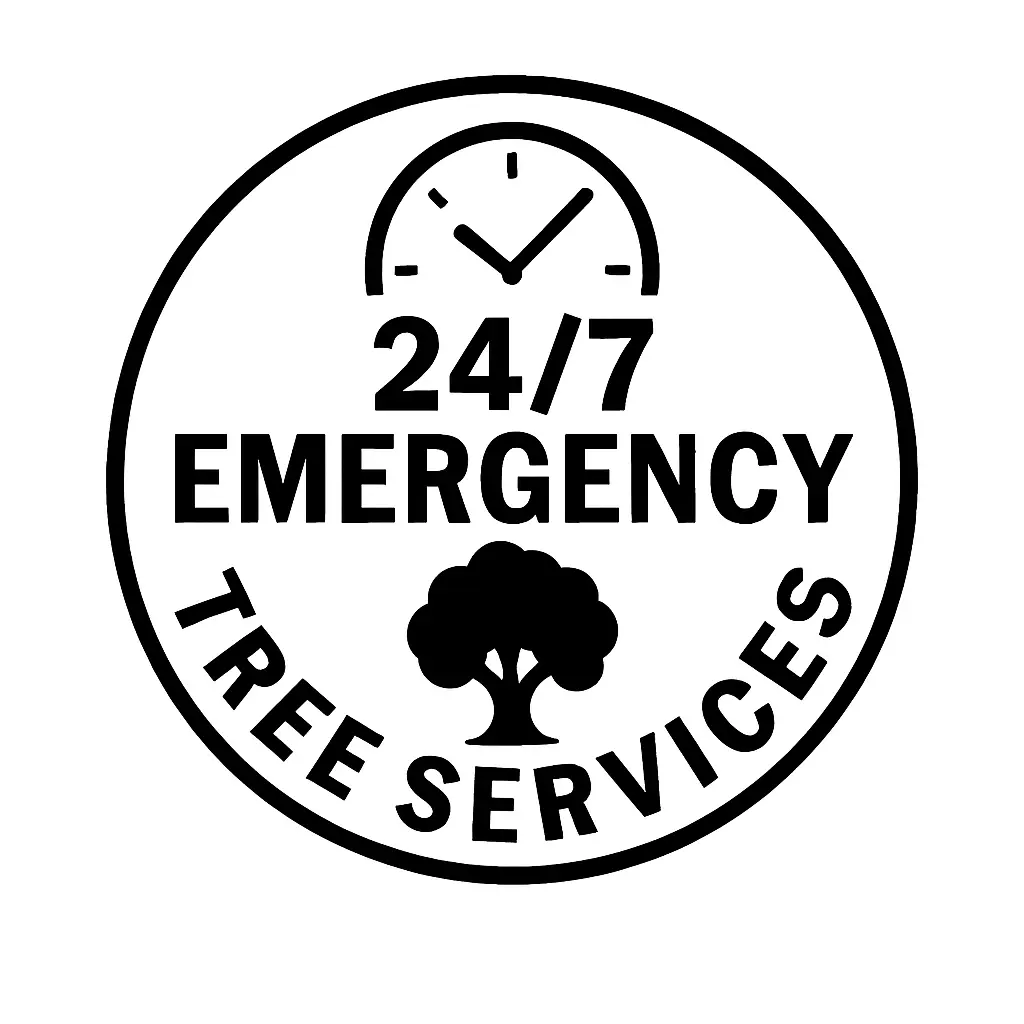
If you’re reading this, you have a tree that needs limbing. Trees, with their sprawling branches, can sometimes overshadow gardens or grow too close to homes or utilities. Limbing is a great way to deal with these sorts of problems and also promotes healthy growth. This post is designed to walk through the essentials of tree limbing, from understanding its importance to mastering the techniques. Whether you’re a first-timer or looking to improve your skills, let’s dive into ensuring your trees get the care they deserve.
Why Limb a Tree?
- Combat Damage: Storms, pesky insects, or even curious squirrels can harm a tree.
- Facilitate Landscape Maintenance: Have you ever struggled with mowing around low-hanging branches? Limbing can help. Plus, it prevents them from potentially damaging your home.
- Enhance Safety: Especially in areas frequented by your family or pets, branches can be a hazard if they break off.
Tree Limbing Techniques
Understanding Limbing Height:
- Aim to work at a height between your waist and knee, which can be achieved by felling the tree over elevated terrains or objects.
Proper Stance and Position:
- Stand on the left side of the trunk with your feet spread out, angled at 45 degrees to the trunk.
- Maintain a stable stance. Instead of bending your back, bend at your knees.
Efficient Chainsaw Use:
- Keep the chainsaw close to the trunk, using it as a lever by resting it on the trunk or your leg.
- A short guide bar, between 13″ to 15″, simplifies the limbing process.
- When moving, keep the guide bar on the opposite side of the trunk. When moving short distances, hold the saw by both handles, but for longer distances, ensure you activate the chain brake.
Cutting Technique:
- Avoid cutting with the tip of the guide bar. Ensure your fingers and thumbs wrap securely around the handles during limbing.
- Choose a guide bar length suitable for the tree’s size.
- It’s essential to understand the tension in a branch. Cut from the side that isn’t bearing the weight to prevent the guide bar from getting pinched. If unsure, gradually cut the branch, moving from its tip towards the trunk.
- You can cut downwards or from below, deciding between a pulling chain, which draws the saw towards the trunk, or a pushing chain, which pushes the saw towards you. Balance the saw against the trunk and one leg for different sides of the tree.
Safety and Efficiency Tips:
- When removing branches and firewood, allow the chainsaw to rest on the trunk. First, release the throttle and then activate the chain brake. If your chainsaw features TrioBrake, it’s even simpler to engage the chain brake before removing branches.
The Tools of the Trade
Here are some tools and equipment to have on hand.
- Chainsaw: Get a name brand with about 3.5 horsepower and a 20-inch bar. This tool will make quick work of thicker branches.
- Safety Glasses: Protect eyes from flying debris.
- Leg Protection: Knee-high boots or leg protectors, make sure they’re sturdy.
- 1000 LB Test Rope: For more advanced techniques, this rope will be invaluable. It should be about three times the height of the tree being worked on.
Steps To Limbing a Tree
- Use the proper 3-cut technique to cut a limb from a tree. Make a partial cut near the trunk, a second cut to remove the weight, and a final cut at the branch collar.
- Prune your tree when it is dormant in the winter to avoid pests and diseases. Wait until the coldest part of winter is over before pruning.
- Use a chainsaw, bow saw, or hand saw to make your cuts. A chainsaw is faster but less precise. A hand or bow saw is slower but more controlled.
- Avoid cutting the limb too short or too long. Cut at the slant of the branch collar to allow the tree to heal properly.
- Cut your relief cuts in the right spots to prevent splitting and damage. Remove most of the limb’s weight before trimming the branch itself.
- Consult with a professional if you cannot reach a limb without a ladder or if you need to remove a large limb that is integral to the tree’s structure.
- Use caution when using a saw, and wear protective gear. Be aware of the risk of kickback when using a chainsaw.
Wrapping Up
While limbing a tree yourself can save money and can feel rewarding, it’s essential to gauge when it’s time to call in the experts. Tree services like ours come with over 60 years of experience, expertise, and the proper equipment to tackle any tree, no matter its size or the complexity of the work.





